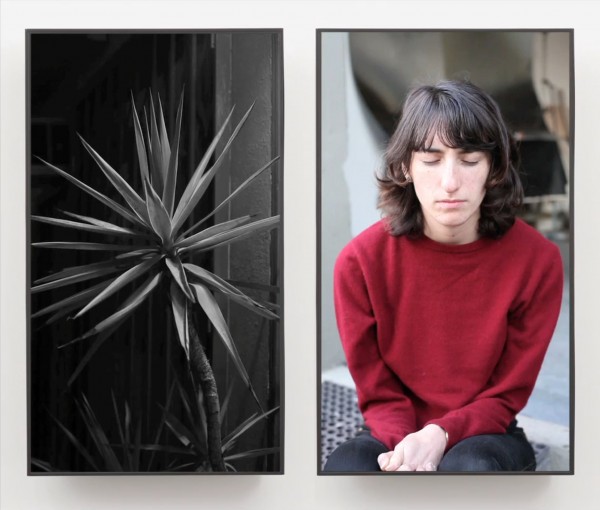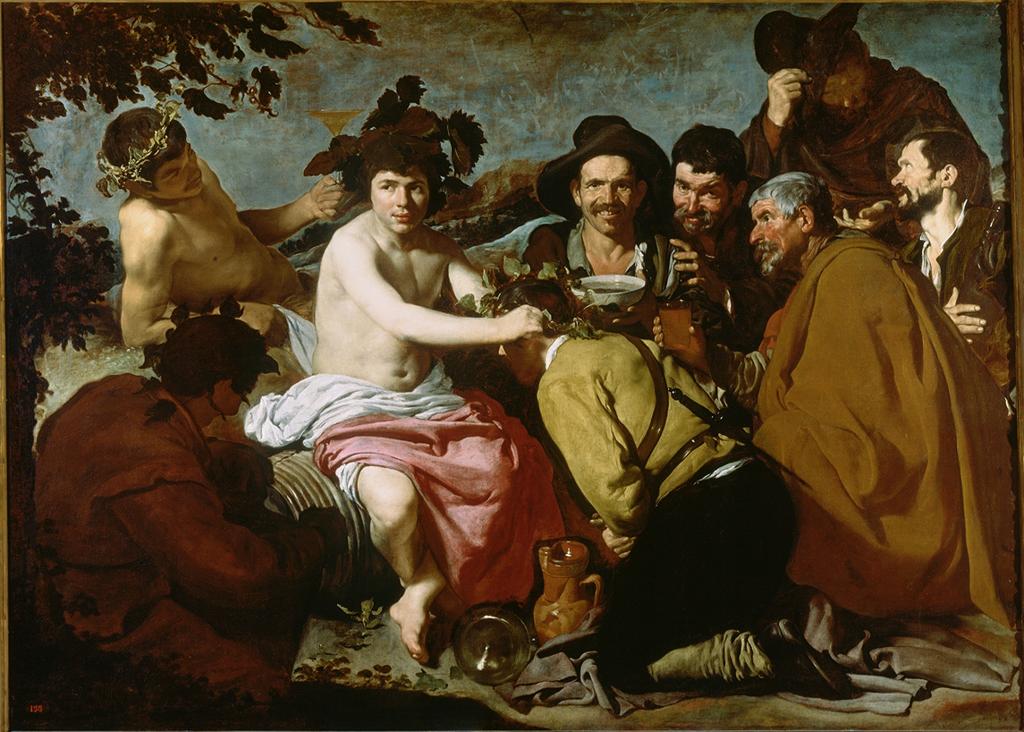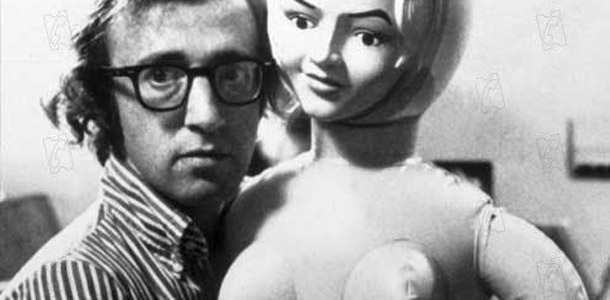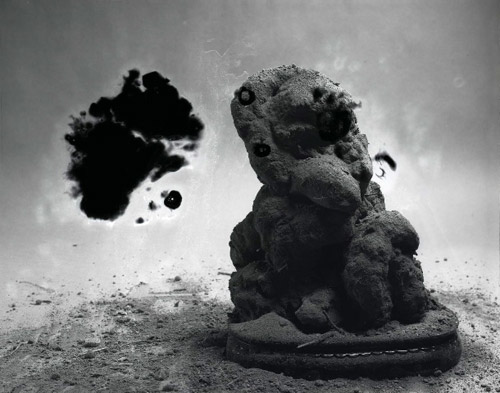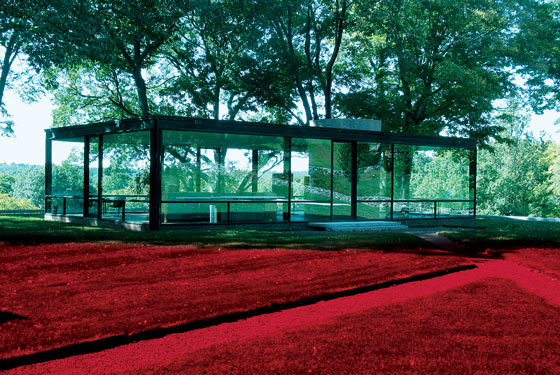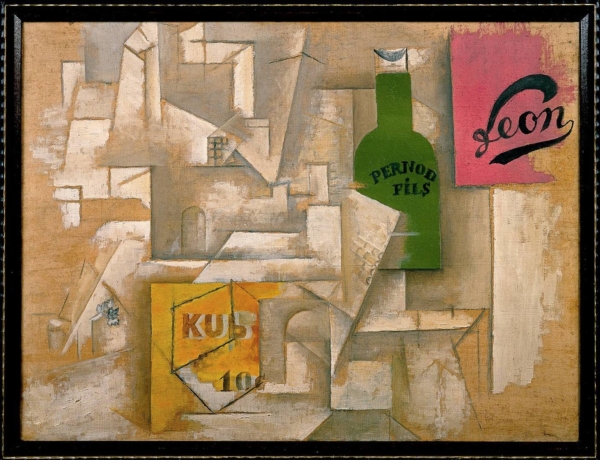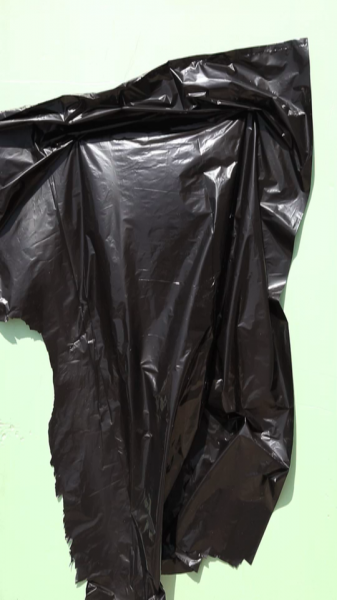
The Force of a Frame: Owen Kydd’s Durational Photographs
It will, I want to argue, be hard to describe Owen Kydd’s practice as appealing to the plurality of the medium against Art; on the contrary, it will be better understood as doing just the opposite, as redeploying the idea of the medium precisely on behalf of the idea of Art—and against a pluralism that is not only aesthetic but political.

